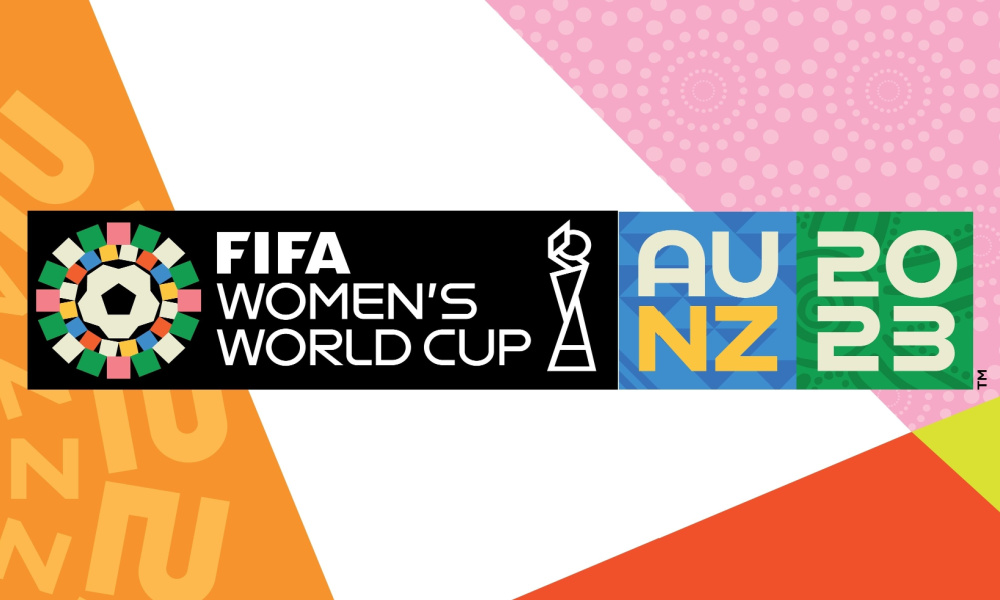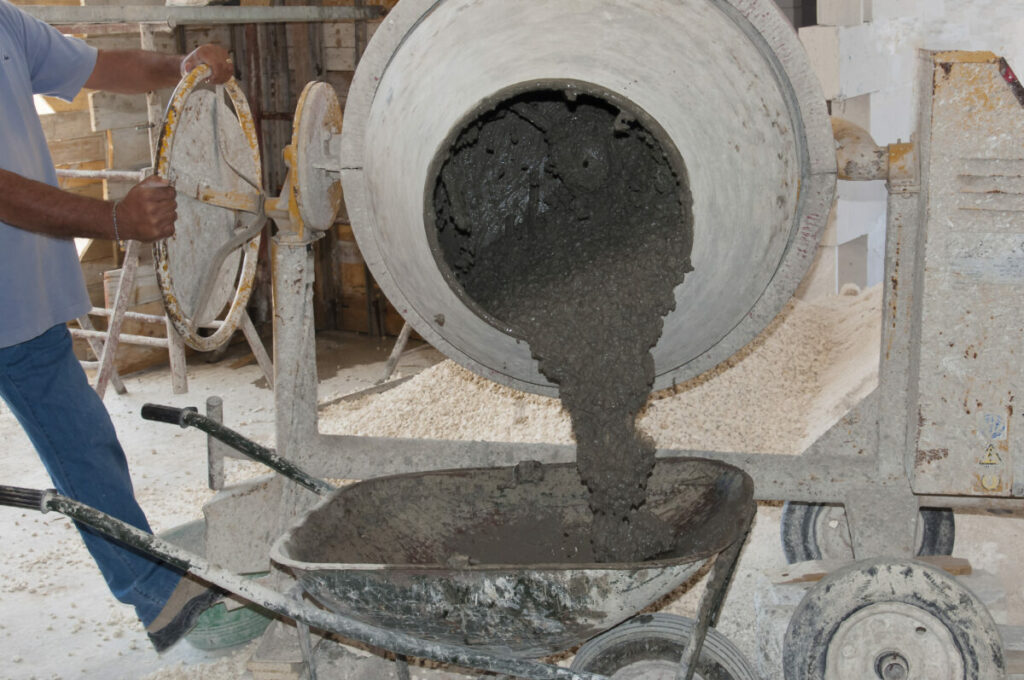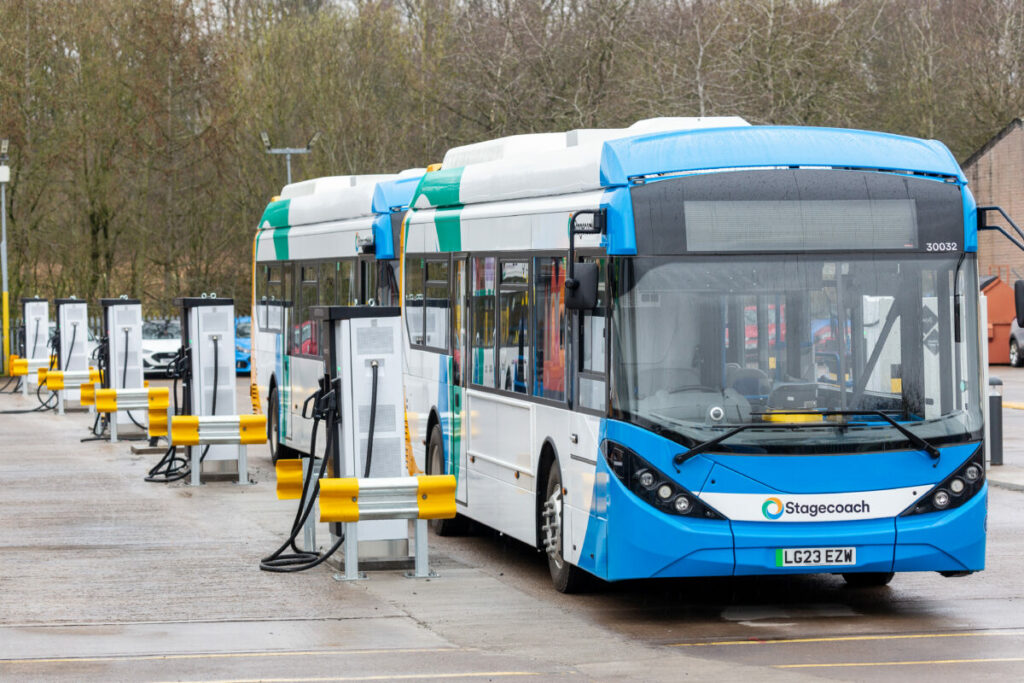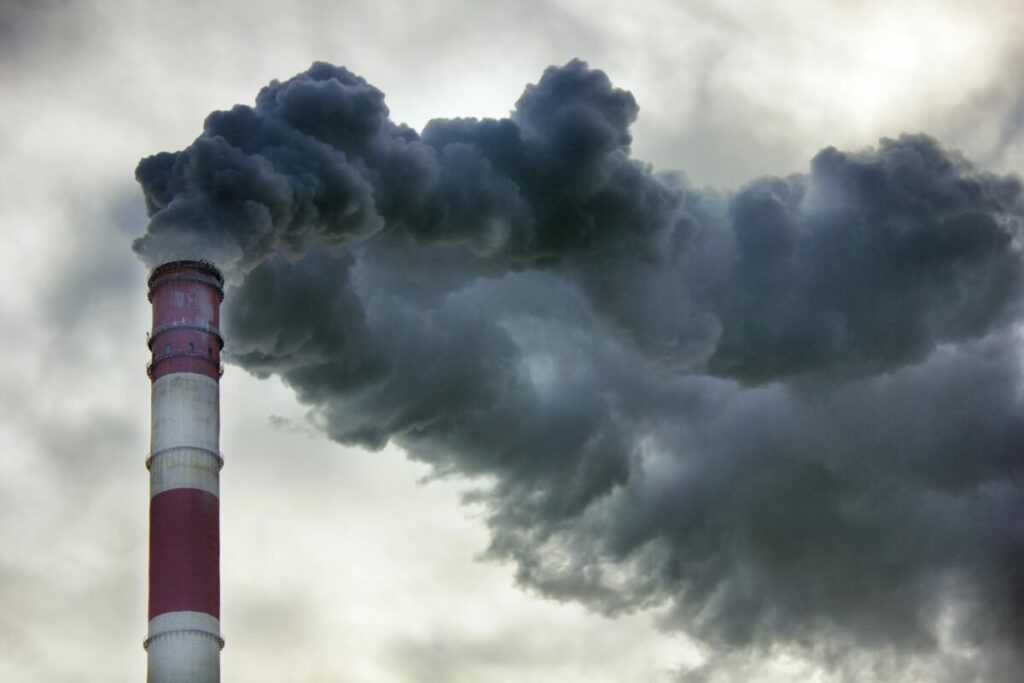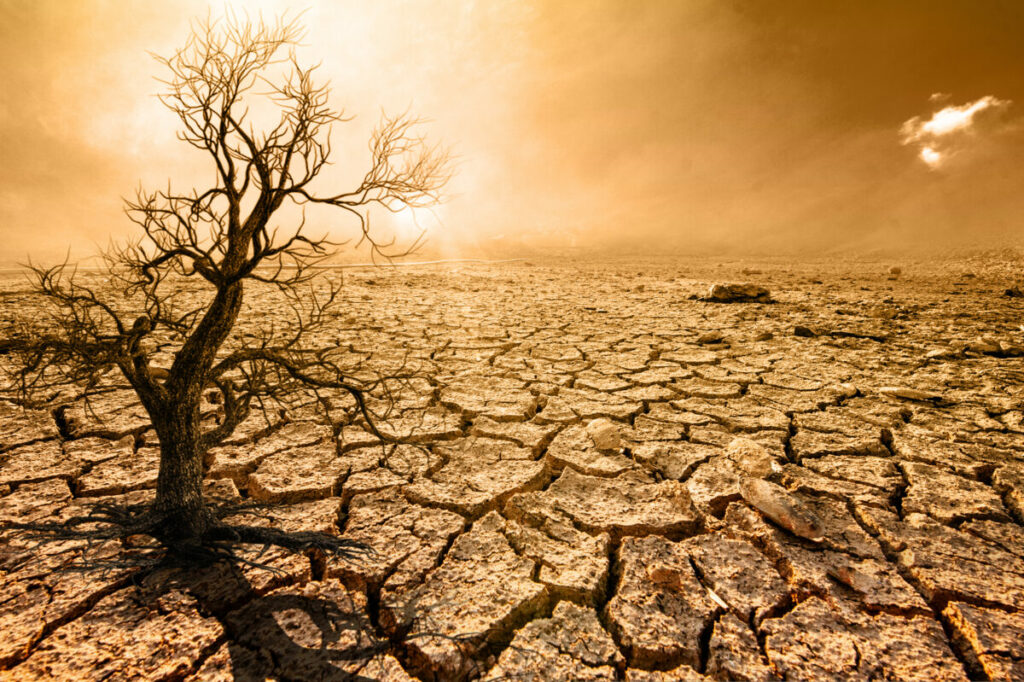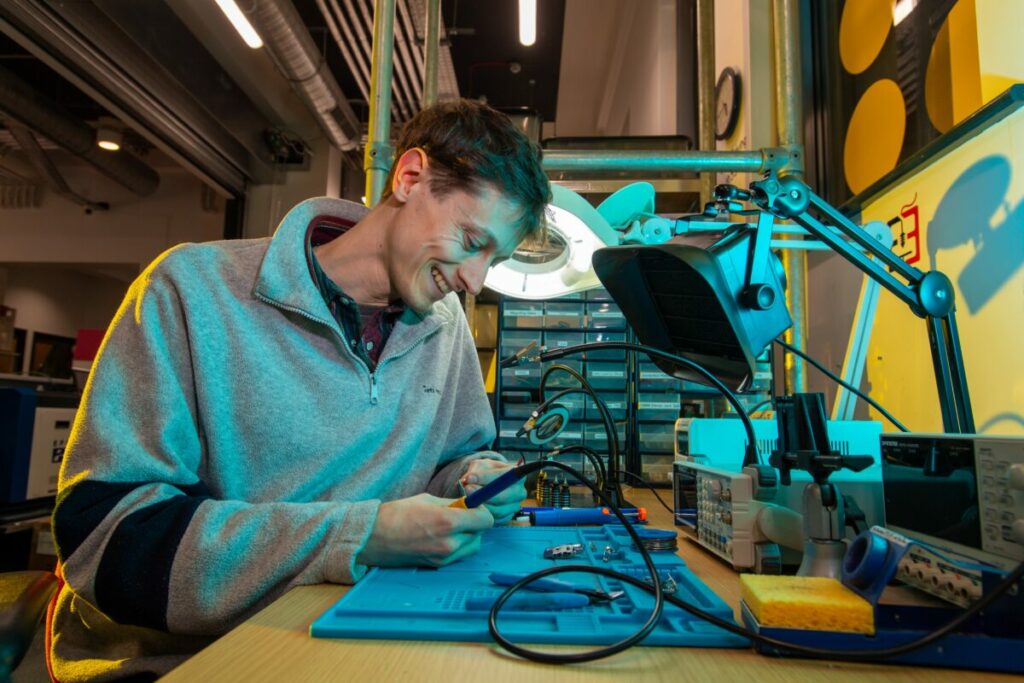It is that time of year where millions of football fans around the country will be glued to their screens to follow England’s prowess on the football field. But this time, they’ll be watching the Lionesses take centre stage at the FIFA Women’s World Cup.
Following England’s win at the Euros 2022, women’s football has never been so popular. Last season saw record-breaking attendance figures as the Barclays Women’s Super League saw over 500,000 fans attend a league fixture – the first time the half a million landmark has been passed.
Despite the excitement, there has always been a discussion around football’s impact on the environment and society but this became much after the controversial decision to hold the 2022 Men’s World Cup in Qatar.
While FIFA claimed the tournament would be carbon neutral, a Swiss regulator found that the football association misled fans over its statements.
New Weather Institute director Andrew Simms said FIFA has been “found out for using false green claims as a substitute for real climate action”.
He continued: “Sport continues to be used as a giant billboard by some of the biggest climate culprits to promote polluting products and lifestyles, threatening the future of athletes, fans and the sport itself. It’s time that sport, and its governing bodies like FIFA, used their power and position to accelerate the low carbon transition, instead of delaying it and misleading the public in the process.”
Outside of climate action, the 2022 World Cup also faced controversy over human rights.
Last month, Amnesty International accused FIFA and Qatari authorities for failing to address abuse against migrant workers. An investigation found workers worked 12-hour shifts for up to 38 days without time off.
What is FIFA doing differently for this year’s Women’s World Cup?
Subscribe to Sustainability Beat for free
Sign up here to get the latest sustainability news sent straight to your inbox each morning
Footballers making green history
Over 40 footballers have committed to acting over flights taken to and from Australia and New Zealand for matches.
It is the biggest player-led climate action in football history, supported by Common Goal and Football for Future. The project will calculate the impact of players’ travel to and from the World Cup, analysing each flight’s carbon tonnage.
Players will then donate money to a combination of climate resilience, carbon offsetting and adaptation initiatives run by the World Wide Fund for Nature (WWF) and DanChurchAid.
Campaign-leader Denmark international Sofie Junge Pedersen said she wants to ensure her “World Cup experience has a positive environmental legacy.”
“Climate change is the biggest issue humanity faces, and I want to be part of the solution. While there are no current sustainable solutions to aviation, as players we are setting an example and taking a tangible step in the right direction,” she added.
Sustainable stadiums
All 10 stadiums holding World Cup games have been created to achieve a FIFA Green Building certification.
Guidelines include using renewable energy sources, pollution and waste reduction measures and design that is adaptable to changing needs and environments.
Women’s World Cup head of sustainability for Australia and Aotearoa New Zealand Sheila Nguyen said one of the key activities of the tournament “has been facilitating and supporting all ten match stadiums to achieve green building certification for their operations”.
“From a materials point of view, that commences at the procurement stage and that means we assess what we are bringing into the tournament and building in ways to maximise landfill diversion and minimise contamination.”
“From an emissions perspective, FIFA has committed to the UNFCCC Sports for Climate Action Framework. This has two major timeline targets, namely 50% reduction in emissions by 2030 and net zero by 2040,” she added.
The World Cup will also help to deliver Australia’s largest heavy electric vehicle fleet. Some 60 large electric vehicles will be purchased alongside developing charging infrastructure using renewable energy.
Woman’s World Cup embracing social sustainability
FIFA has emphasised that workers’ rights will be protected throughout, with assessments conducted jointly by the National Human Rights Commissions of Australia and Aotearoa New Zealand – it will involve “targeted measures across a range of areas”.
“The measures taken to engage with and celebrate indigenous communities will break new ground and can generate valuable learnings for future tournaments, including the men’s FIFA World Cup in Canada, Mexico, and the United States in 2026,” explained FIFA head of human rights and anti-discrimination Andreas Graf.
FIFA bosses have also ensured inclusion of native Māori and First Nations people to ensure they are fully represented at the events.
“First Nations & Māori culture will be prominently represented through ceremonies at the tournament, while both cultures have been embedded into the tournament branding. With that same aim, traditional place names feature for Host Cities, which recognises both nations’ indigenous cultures,” said Nguyen.


